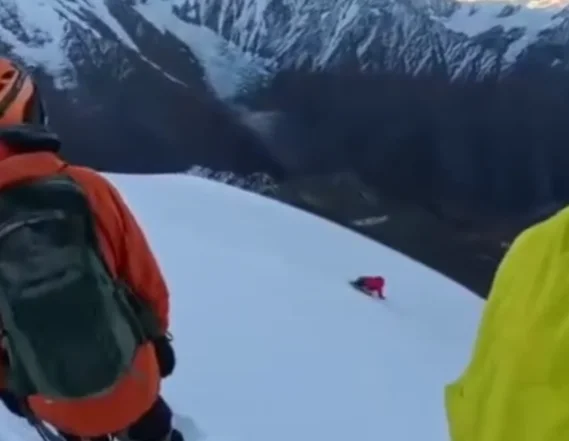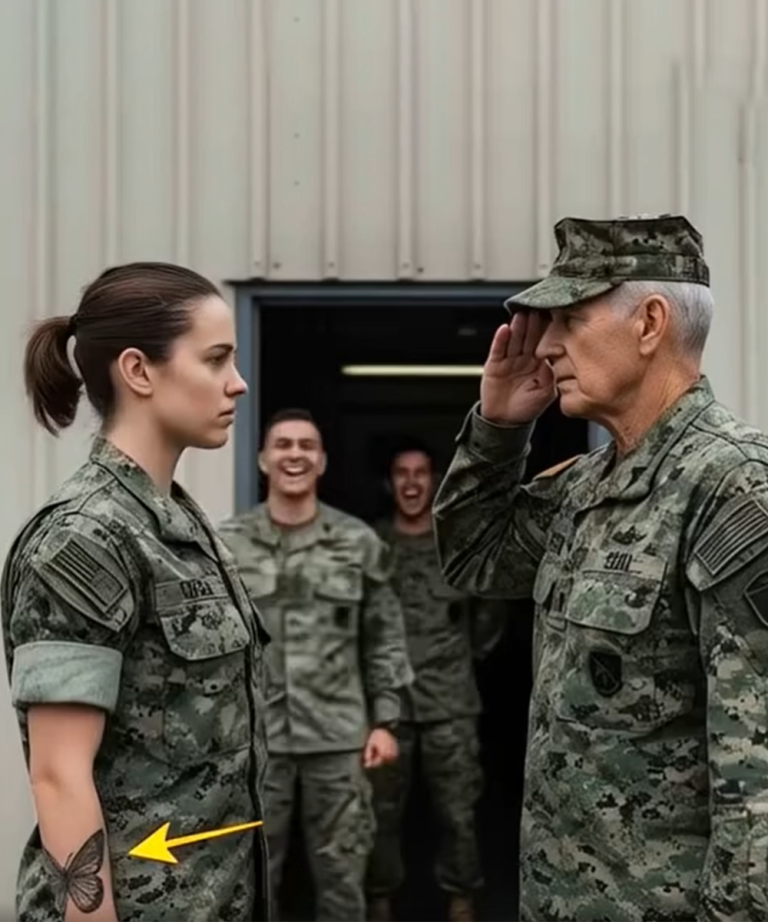
A tragic climbing accident in a remote snow-covered mountain range has reignited concerns about safety practices and the growing risks associated with distraction during high-altitude activities. The incident involved a solo mountaineer who reportedly fell to their death after unclipping from a secured safety system in order to take photographs near a summit ridge.
According to preliminary reports from mountain rescue authorities, the climber had successfully navigated a technically demanding section of the route and reached a narrow, exposed ledge with panoramic views of the surrounding peaks. It was there, amid pristine snowfields and ice-coated rock faces, that the individual is believed to have paused to document the moment.
Investigators at the scene suggest that the climber voluntarily disengaged from the fixed-line safety system—part of a via ferrata-style setup or personal anchor system—in order to obtain a better vantage point for photography. Moments later, the climber lost footing on the icy surface and fell several hundred meters down a steep face, suffering fatal injuries. The fall was not witnessed directly, but GPS data and analysis of equipment left at the site support the theory that the individual was momentarily unsecured at the time of the accident.
The recovery operation, carried out under difficult weather conditions, involved both air and ground support teams. Snow accumulation and rapidly changing visibility added to the complexity of the mission, requiring careful coordination among rescuers. The body was later transported to a nearby base for formal identification and forensic examination.
While incidents involving climbers are not uncommon in this region—renowned for its technical challenges and unpredictable alpine weather—this particular case stands out because of the circumstances leading to the fall. Safety experts note that even experienced climbers sometimes underestimate the compounded risks of high altitude, fatigue, and distraction.
“This is a heartbreaking reminder that even a momentary lapse in judgment can have irreversible consequences,” said a spokesperson from a national alpine safety council. “Unclipping from any form of protection, especially in icy or exposed terrain, removes the last line of defense. At altitude, the margin for error is essentially zero.”
Mountaineering professionals point to a broader trend in which outdoor adventurers, including climbers, skiers, and hikers, increasingly prioritize documentation of their experiences—often through photography or video. While digital tools and social media platforms have democratized access to stunning imagery from the world’s wildest places, they may also inadvertently encourage risk-taking behaviors in pursuit of dramatic content.
“There’s nothing wrong with taking photos on a mountain,” said one guide who has worked in the region for over a decade. “But safety has to come first. You can’t unclip your harness or lean over an edge just to get the perfect shot. It’s not worth your life.”
The fatal incident is currently under review by local climbing authorities and a regional alpine club, both of which aim to determine whether existing signage and safety infrastructure are sufficient to prevent similar accidents in the future. Recommendations may include additional warnings at key points along the route and improved education for climbers about the dangers of disengaging from protective systems, even briefly.
Meanwhile, mountain rescue teams and alpine organizations are renewing calls for climbers to follow a basic yet often overlooked principle: always remain clipped in when in exposed terrain. Climbers are also encouraged to plan photography sessions in safe areas, using zoom lenses, drones, or stable platforms when available, rather than risking unstable positions.
The climbing community has responded to the news with an outpouring of grief and reflection. Many climbers have taken to online forums and social channels to share condolences, while also discussing how the tragedy might serve as a sobering lesson in risk awareness.
For those who frequent the high mountains, the incident serves as a stark and painful reminder: nature’s beauty, though breathtaking, must always be approached with caution. No photograph, no matter how majestic, is worth trading for one’s life.




